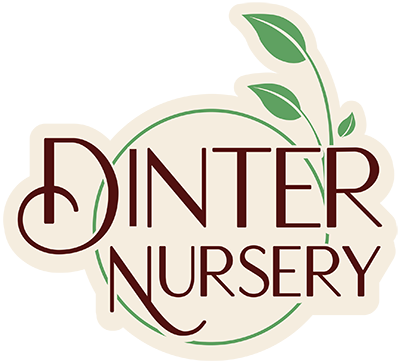Selecting Garden Seed
January is the month gardeners spend indoors
reflecting and dreaming about what has succeeded in their gardens…
and what can do even better this year.
A well-thought-out concept has the best chance of success!
Stormy winter nights are great for reading books
or going online to research plants and projects!
Seed catalogues are readily available through the mail, online or for pick up at the Garden Centre, with most of them being free and loaded with practical advice. West Coast Seeds has one of the best resources for local information and varieties suitable for our coastal conditions. Especially useful are their Regional Planting Charts on when to seed, plant and harvest crops; with careful planning, one should be able to harvest something from the garden most months of the year. With the anticipated rise in food costs, a productive garden will give you some food independence, too.
By mid-January, seed racks are on display and mail order companies will start to ship. Shopping early guarantees you supply, as seed has been known to run out with the surging interest in gardening during the COVID-19 pandemic. Seed will keep if you purchase it all at once, but you should always have a plan as to when and where it will be planted.
The seed packages will have lots of helpful information to guide you: Some seeds, like peas and broad bean, can be planted directly outside in cool soil; others are best started indoors for a head start, such as early lettuce and other greens. Tomatoes—the most popular vegetable—are best started indoors for setting out when the warm weather has arrived. A general rule is to seed tomatoes 6 weeks before planting outside, but this will vary by how quickly the plant grows and how large you want it grown before setting out.
When selecting seed, pick what you like to eat,
what may not be commonly found in the grocery store,
or what is just fresher from your garden.
Seed packages can contain a lot of seed—do not seed the whole package or you will be overwhelmed with it all being ready at once! Carrots and lettuce can be seeded for several crops throughout the season or, if kept in a cool, dark place, extra seed can be saved for the next season.
Keep notes on the variety and timing so you can duplicate your successes. Remember, Mother Nature may throw off even your best made plans with late frosts, heatwaves, droughts and floods—all things we have experienced lately—but gardeners have learned to be resilient and will always have enough success to keep them excited about next year!

